DIGITAL HEALTHCARE PROVIDER REALIZES REDUCTION IN TIME AND COST BY DEVELOPING A PATIENT-CENTERED PORTAL
CASE STUDY
PROBLEM STATEMENT
Our client is based in the UK and specializes in providing Electronic Content Management (ECM) solutions that encompass Imaging, Electronic Document and Records Management (EDRM), Workflow, Portal-Based Business Applications, and Electronic Forms. While they have an application for managing appointments as a clinical coordinator and booking admin, there is no application for patients and clinicians to manage their appointments.
Instead of an in-person appointment, the patients and clinicians preferred a virtual engagement model. For this, our client needed an application to take care of appointments virtually.
Since they were focused on the core EDRM application, they did not have the bandwidth to build this application. So, they approached Zuci as their development partner.
PROBLEM STATEMENT
Our client is based in the UK and specializes in providing Electronic Content Management (ECM) solutions that encompass Imaging, Electronic Document and Records Management (EDRM), Workflow, Portal-Based Business Applications, and Electronic Forms. While they have an application for managing appointments as a clinical coordinator and booking admin, there is no application for patients and clinicians to manage their appointments.
Instead of an in-person appointment, the patients and clinicians preferred a virtual engagement model. For this, our client needed an application to take care of appointments virtually.
Since they were focused on the core EDRM application, they did not have the bandwidth to build this application. So, they approached Zuci as their development partner.
BUSINESS GOALS
- The client wanted to ensure that the patient information is shared securely, outside the *NHS networks
- Improve a patient’s engagement through excellent care delivery
- Enable two-way communication through a secure gateway
- Allow the patient access to select documents within minutes instead of days
- Drastically reduce delays and operational costs including postal delays
*NHS Networks is a free resource in the UK for anyone working in or with the health and care sector to use to share information, network with others.
BUSINESS GOALS
- The client wanted to ensure that the patient information is shared securely, outside the *NHS networks
- Improve a patient’s engagement through excellent care delivery
- Enable two-way communication through a secure gateway
- Allow the patient access to select documents within minutes instead of days
- Drastically reduce delays and operational costs including postal delays
*NHS Networks is a free resource in the UK for anyone working in or with the health and care sector to use to share information, network with others.
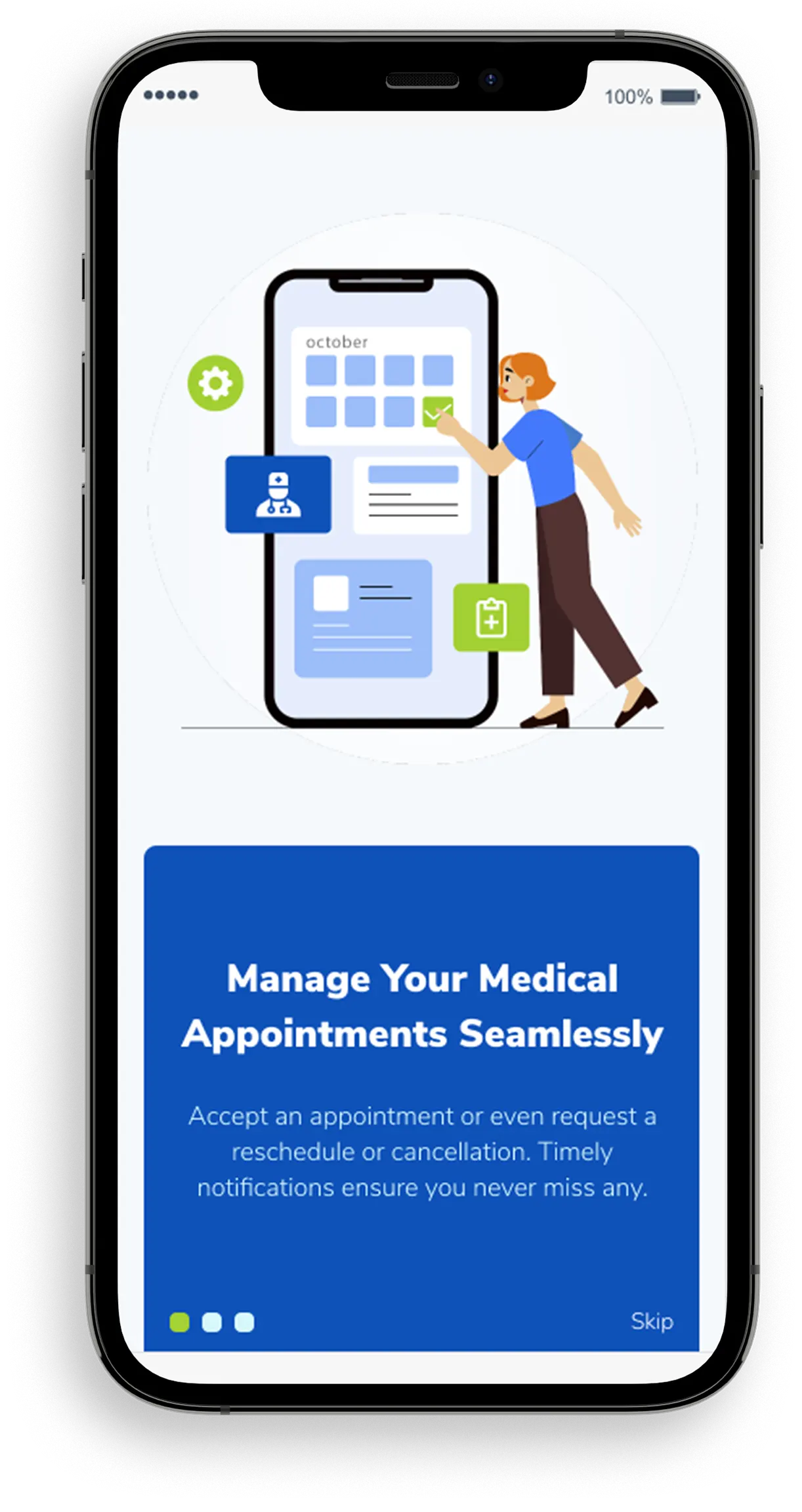
How did we try to solve it?
The team at Zuci identified three user personas and proposed two different web apps:
- Patient Portal – To manage appointments by patients through the web (across multiple devices) and mobile application
- Clinician/*Portlet Application – To manage appointments by the clinician, clinical coordinator, booking admin, and patient portal admin
*Portlets are reusable web modules that provide access to Web-based content, applications, and other resources.

How did we try to solve it?
The team at Zuci identified three user personas and proposed two different web apps:
- Patient Portal – To manage appointments by patients through the web (across multiple devices) and mobile application
- Clinician/*Portlet Application – To manage appointments by the clinician, clinical coordinator, booking admin, and patient portal admin
*Portlets are reusable web modules that provide access to Web-based content, applications, and other resources.
What went behind making this solution a reality
- After defining the information architecture, our team proceeded with the low fidelity and high-fidelity wireframes
- Calendar feature was introduced for easy navigation between days and appointments
- Colour coding was used for different specialities and statuses of appointments for quick perception
- Highly responsive web app designs were delivered first. The design components and library built were scalable to include newer features as the product evolved
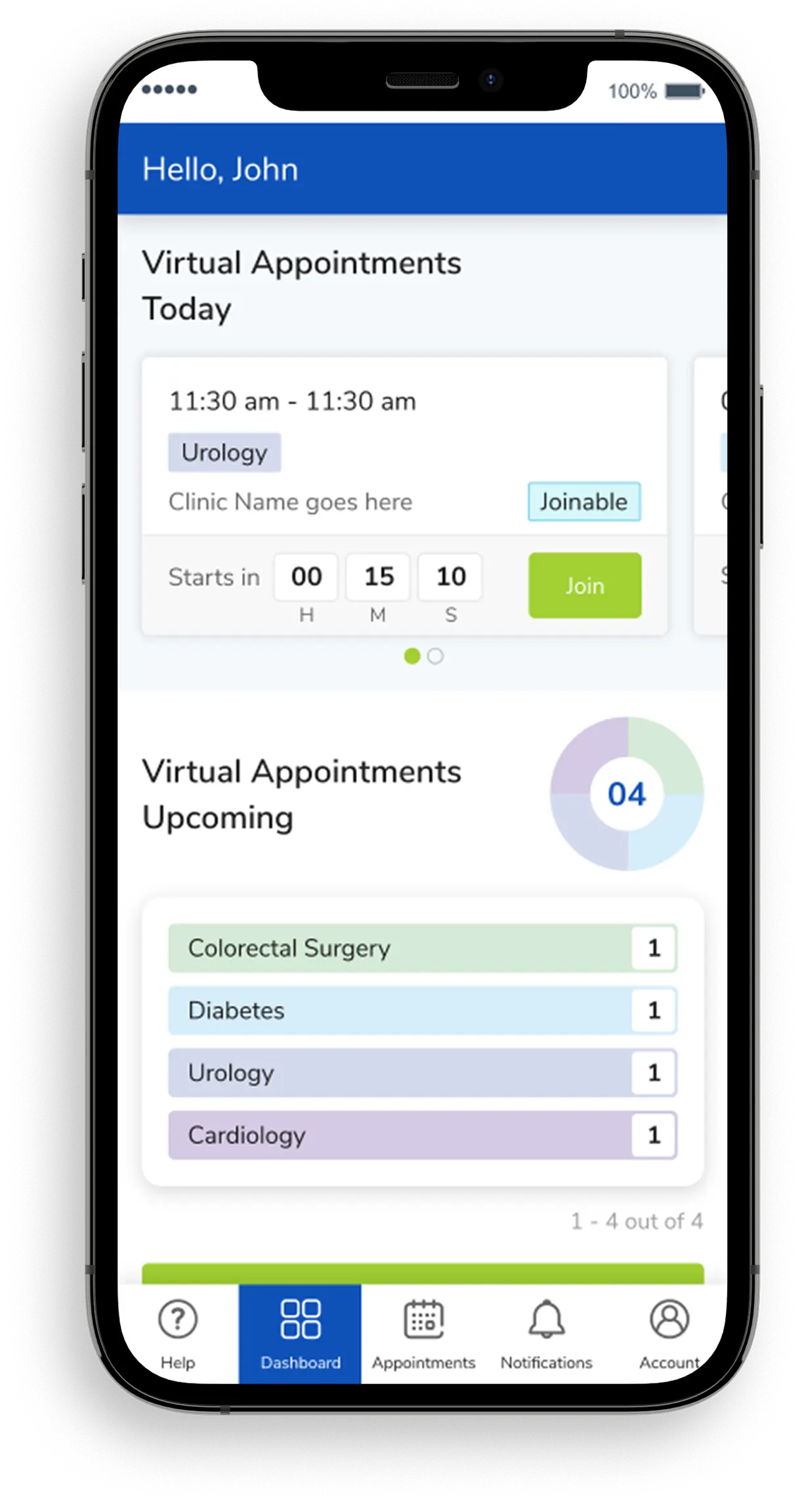

What went behind making this solution a reality
- After defining the information architecture, our team proceeded with the low fidelity and high-fidelity wireframes
- Calendar feature was introduced for easy navigation between days and appointments
- Colour coding was used for different specialities and statuses of appointments for quick perception
- Highly responsive web app designs were delivered first. The design components and library built were scalable to include newer features as the product evolved
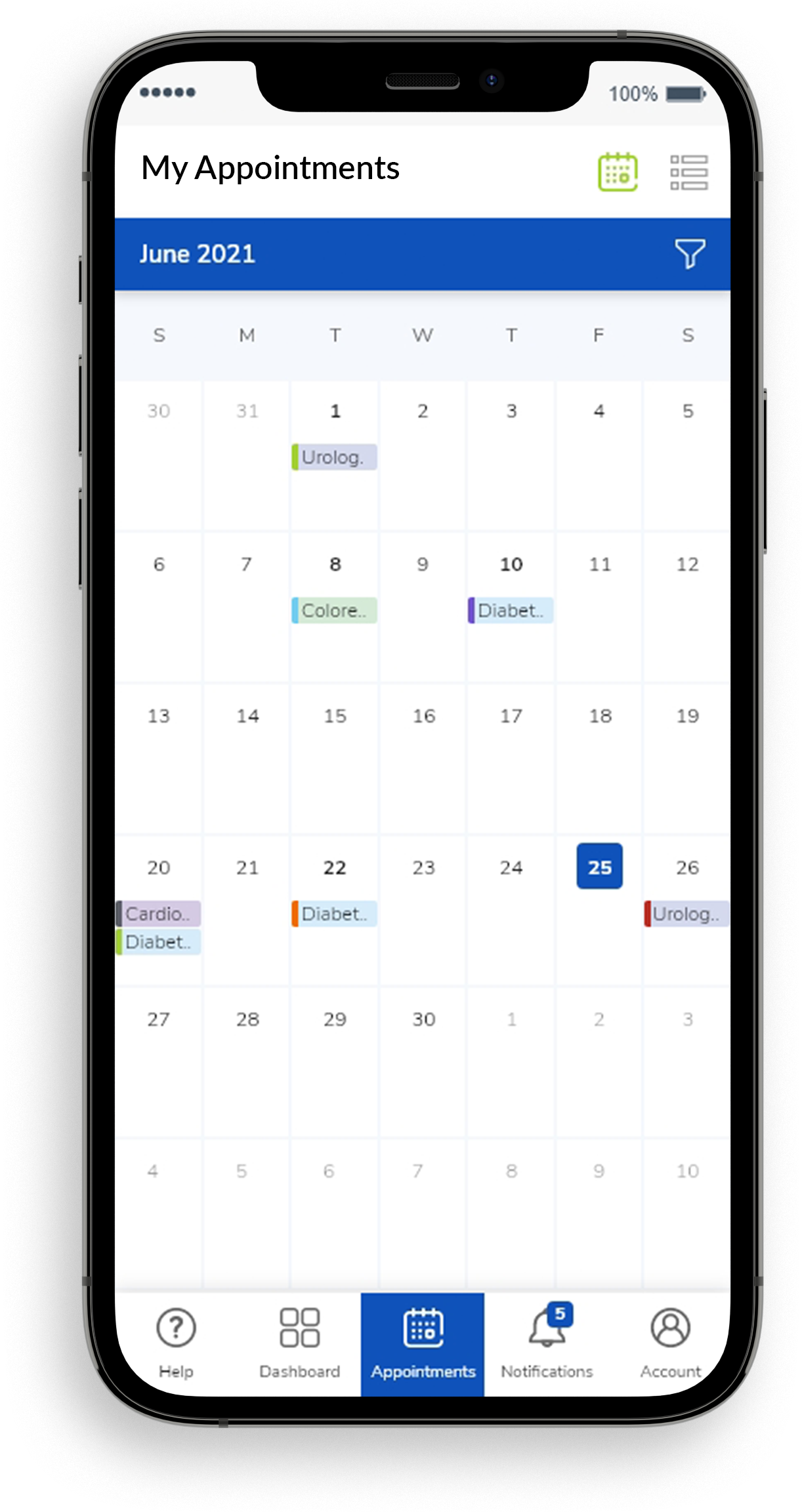
What went behind making this solution a reality
- With the success of the web app, the client decided to design a mobile app for patients
- The team chose Flutter for the ease of developing a hybrid app compatible with iOS and Android platforms
- Firebase was selected to enable instant notifications on mobile and SignalR for web notifications
- In the case of these applications, EF Core was used to connect .Net Core to the SQL Server

What went behind making this solution a reality
- With the success of the web app, the client decided to design a mobile app for patients
- The team chose Flutter for the ease of developing a hybrid app compatible with iOS and Android platforms
- Firebase was selected to enable instant notifications on mobile and SignalR for web notifications
- In the case of these applications, EF Core was used to connect .Net Core to the SQL Server
What did we achieve for the client?
- Both patients and clinicians were now able to manage their appointments through web and mobile applications. They can also connect virtually through video/audio calls
- The clinical coordinator and booking admin can amend the appointments online
- The patient portal admin is capable of managing the patient demographics such as changes in address, contact, etc
- As opposed to the postal system earlier, the patients now receive instant notifications through mobile/web app, thus saving time and cost
- Patients could also easily login to the app using their NHS number, thanks to the provision created for Single Sign on
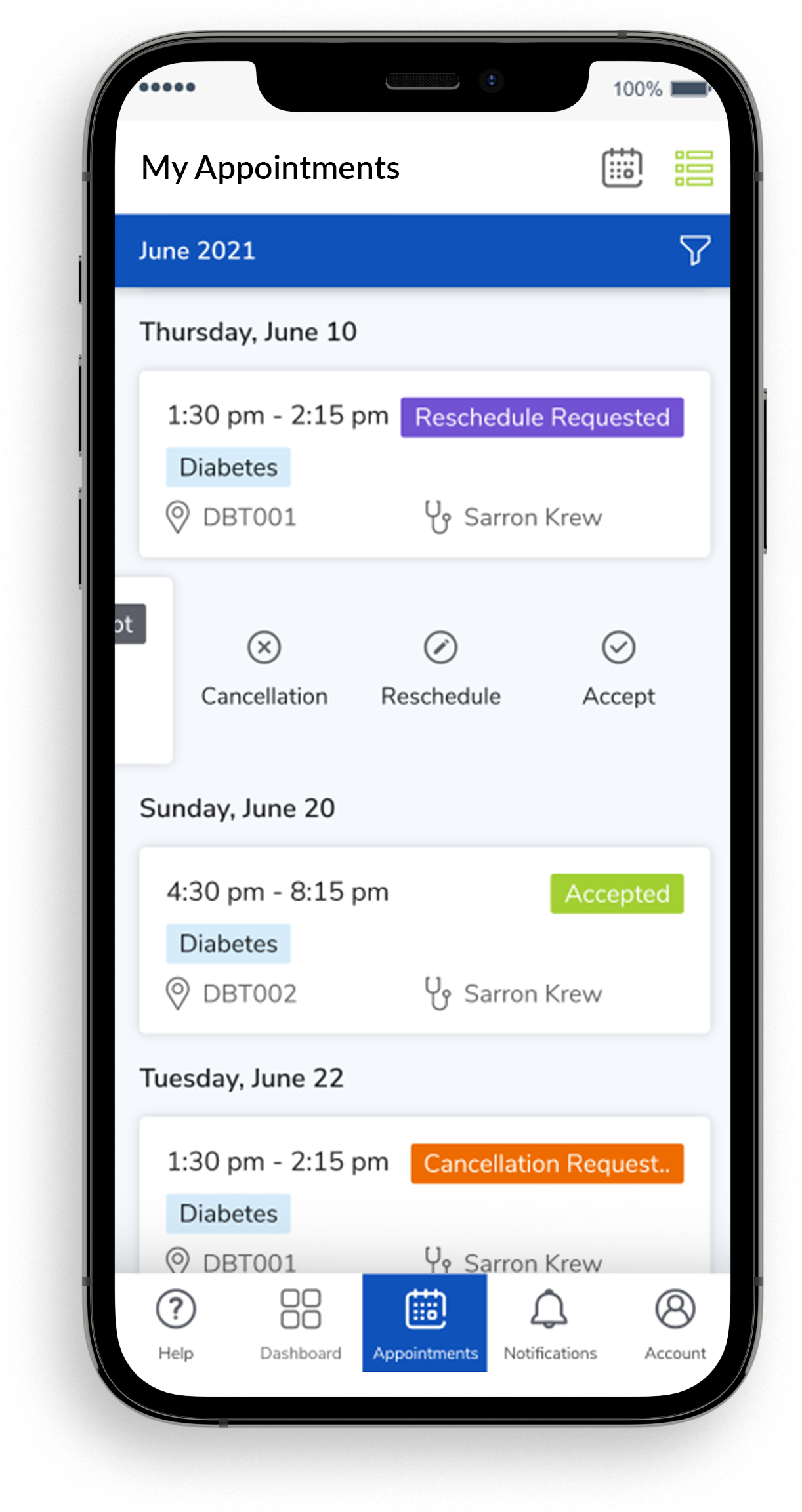

What did we achieve for the client?
- Both patients and clinicians were now able to manage their appointments through web and mobile applications. They can also connect virtually through video/audio calls
- The clinical coordinator and booking admin can amend the appointments online
- The patient portal admin is capable of managing the patient demographics such as changes in address, contact, etc
- As opposed to the postal system earlier, the patients now receive instant notifications through mobile/web app, thus saving time and cost
- Patients could also easily login to the app using their NHS number, thanks to the provision created for Single Sign on
TECH STACK
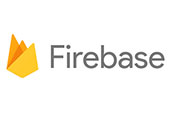

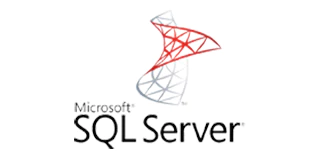
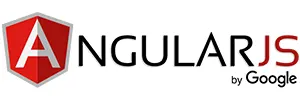
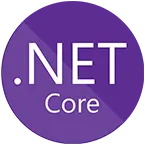

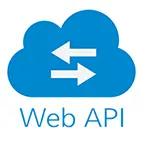
TECH STACK







